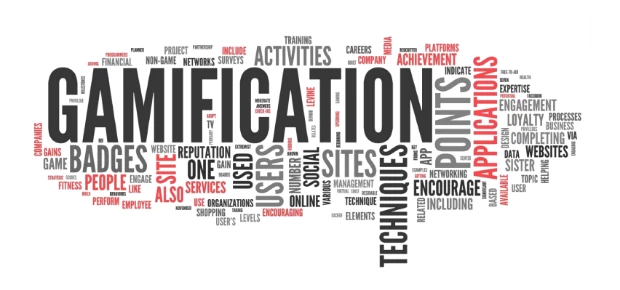
Partner Article
Gamification: A winning formula for brand success?
I went to the Odeon last week to watch the latest Hollywood blockbuster, and in the middle of the usual adverts, an alert appeared promoting the chain’s Cinime mobile app, which offers cinema-goers the chance to win rewards and treats simply by playing interactive games and quizzes. My partner and I (always on the look-out for a freebie) decided to have a go on it while waiting for our film to start. We didn’t win anything sadly, but it did get me thinking about the marketing phenomenon of “gamification”.
“But what is gamification?” I hear you ask!
Well, it’s quite simple really. Gamification is the application of game design, such as interactive scenarios, badge or competitions, to marketing campaigns to encourage consumer engagement with a particular product or service and reinforce their loyalty to the brand.
Now, gamification as a marketing tool is not new. McDonald’s annual Monopoly game, for example, where customers collect properties from the board game to win prizes, has been going since 1987, while the Sperry & Hutchinson Green Stamp loyalty card scheme was a hit with US shoppers as far back as 1896.
However, where once they were limited to stamps and loyalty card schemes, with the advent of social media and mobile phone technologies, businesses now have access to a host of exciting online avenues to ‘gamify’ their brand.
There are some great cases out there of businesses that have successfully boosted consumer engagement through digital gamification. The Fitbit mobile app, for example, uses the concept to help users get fit by enabling them to set activity, diet or weight loss goals, and offering incentives to achieve them. Users can share statistics with friends to compete for leaderboard positions, and can even cheer other members on in their efforts, creating a sense of community and friendly rivalry that encourages users to persevere with their fitness regime and builds an even stronger relationship with the app.
The online fundraising community, +SocialGood, uses the principals of gamification to incentivise its members to give to charity and spread the word about good causes. Every time a user donates or shares a post about a campaign, they earn community points and a potential spot on the leaderboard – a virtual pat on the back that helps to reinforce the warm, fuzzy feeling users get from doing a good deed, and increases the possibility of them repeating the behaviour in future.
And digital gamification works for organisations in the physical world, as well. Pierce County Library in Tacoma, Washington State, has harnessed the power of the internet to keep teens reading over the summer break through a series of online challenges designed to take them on an “epic journey” of self-discovery. Readers win badges by completing book-related activities, earning points towards prizes and a position on the leaderboard. While anyone can take part, prizes are only issued to contestants with a valid Pierce County library card, helping to boost membership at the same time.
The explosion in mobile phone use over the past few years has re-invigorated gamification as an effective marketing tool for businesses in a wide range of sectors to build brand loyalty among their customers. With the rise of smartwear technology, like Google Glass or the Sony SmartWatch, the potential to engage target customers in online activities is greater than ever before, as they will be able to participate in real time as they go about their day, rather than having to get out their mobile, or sit at their computer.
There are plenty of brands out there who have benefitted from digital gamification. Perhaps it could prove a winning formula for your brand as well?
By Michael Wood, senior B2B copywriter, Tangerine PR
This was posted in Bdaily's Members' News section by Tangerine PR .








 Zero per cent - but maximum brand exposure
Zero per cent - but maximum brand exposure
 We don’t talk about money stress enough
We don’t talk about money stress enough
 A year of resilience, growth and collaboration
A year of resilience, growth and collaboration
 Apprenticeships: Lower standards risk safety
Apprenticeships: Lower standards risk safety
 Keeping it reel: Creating video in an authenticity era
Keeping it reel: Creating video in an authenticity era
 Budget: Creating a more vibrant market economy
Budget: Creating a more vibrant market economy
 Celebrating excellence and community support
Celebrating excellence and community support
 The value of nurturing homegrown innovation
The value of nurturing homegrown innovation
 A dynamic, fair and innovative economy
A dynamic, fair and innovative economy
 Navigating the property investment market
Navigating the property investment market
 Have stock markets peaked? Tune out the noise
Have stock markets peaked? Tune out the noise
 Will the Employment Rights Bill cost too much?
Will the Employment Rights Bill cost too much?